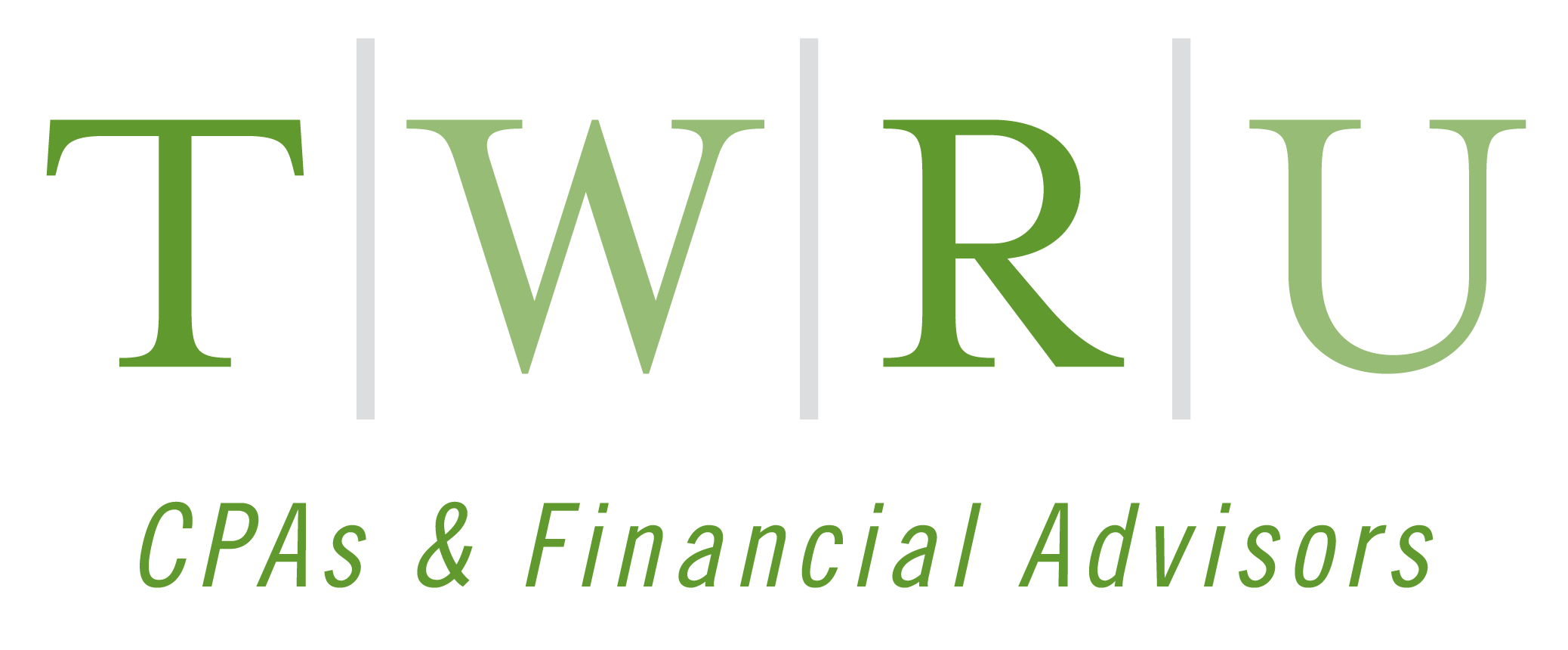How to conduct a year-end risk assessment

Auditors assess their clients’ risk factors when planning for next year’s financial statement audit. Likewise, proactive managers assess risks at year end. A so-called “SWOT” analysis can help frame that assessment.
Typically presented as a matrix, this analysis of strengths, weaknesses, opportunities and threats provides a logical framework for understanding how a business runs. It tells what you’re doing right (and wrong) and predicts what outside forces could impact cash flow in a positive (or negative) manner.
Internal factors
SWOT analysis starts by identifying strengths and weaknesses from the customer’s perspective. Strengths represent potential areas for boosting revenues and building value, including core competencies or competitive advantages. Examples might include a strong brand image, a loyal customer base or exceptional customer service.
It’s important to unearth the source of each strength. When strengths are largely tied to people, rather than the business itself, consider what might happen if a key person suddenly left the business. To offset key person risks, consider:
- Purchasing life insurance policies on key people,
- Initiating noncompete or buy-sell agreements, or
- Implementing a formal succession plan designed to transition management to the next generation.
Weaknesses represent potential risks and should be minimized or eliminated. They might include high employee turnover, weak internal controls, unreliable quality or a location with poor accessibility. Often weaknesses are evaluated relative to the company’s competitors.
Outside influences
The next part of a SWOT analysis looks externally at what’s happening in the industry, economy and regulatory environment. Opportunities are favorable external conditions that could increase revenues and value if the company acts on them before its competitors do.
Threats are unfavorable conditions that might prevent your company from achieving its goals. Threats might come from the economy, technological changes, competition and increased regulation. The idea is to watch for and minimize existing and potential threats.
Need help?
Contact Derek Mathews at 225-926-1050 for help putting your company’s risk framework together. We can guide you on how to use SWOT analysis to evaluate 2017 financial results and plan for the future.
© 2017
